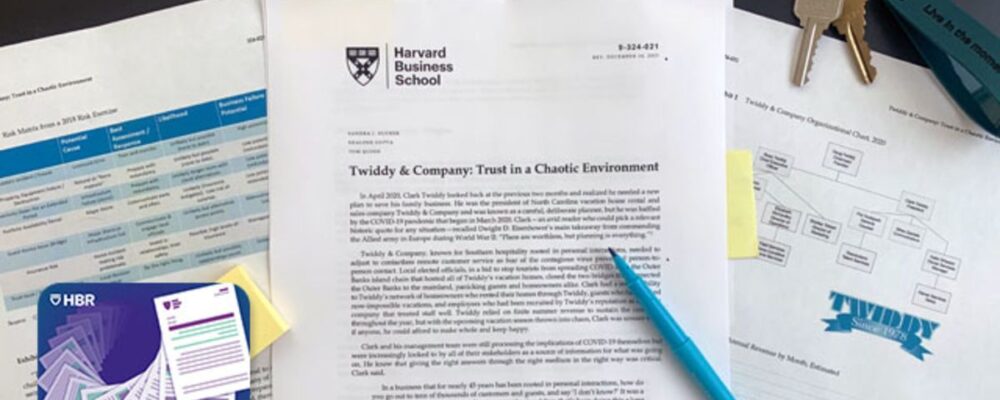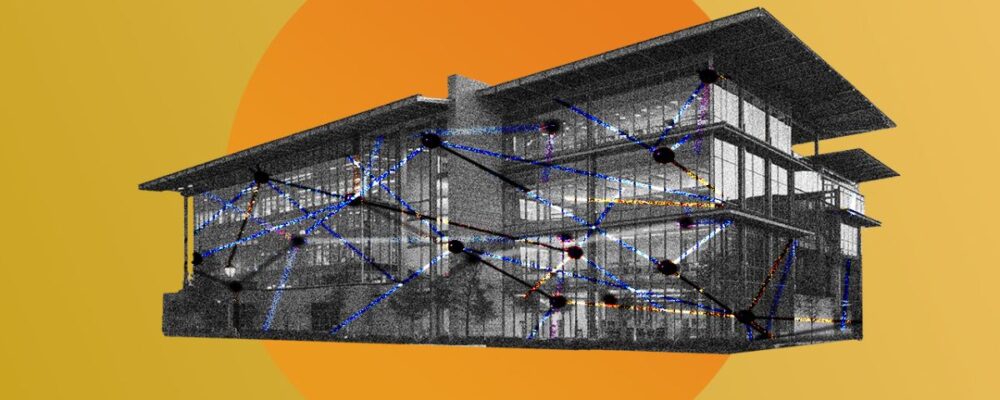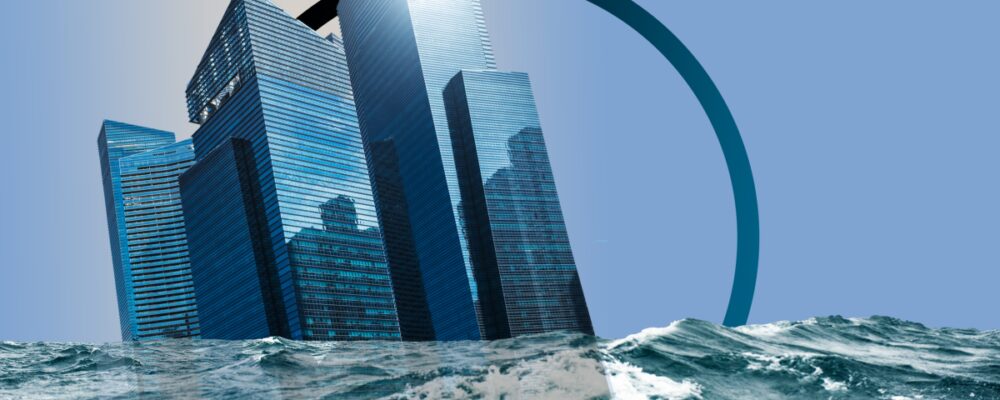The biggest, thorniest organizational problems can be solved in just one week, say Frances Frei and Anne Morriss, coauthors of the new book Move Fast and Fix Things. Armed with decision-making power and the right change-management toolkit, leaders don’t need to work for months or even years to solve difficult problems.
Denouncing Mark Zuckerberg’s informal Facebook motto, “move fast and break things,” partners Frei and Morriss combine their decades of consulting experience—Frei as the UPS Foundation Professor of Service Management at Harvard Business School, Morriss as a leadership coach—to provide business leaders with what they call “the secret memo” for quick, effective organizational change.
The book, which is their third together, and Morriss’s recent TED Talk, are loaded with tactical tips and concrete examples from their work with companies like Uber, WeWork, and Riot Games. By showing how these companies have solved their toughest problems, Frei and Morriss say other leaders can learn to move quickly to strengthen their organizations.
Here, Frei and Morriss boil down their process, aligning each step with a workday, and provide examples for leaders.
Monday: Identify the real problem
Turn what you think is the problem into a question and then ask people who have a direct stake in it what they think. Ask yourself: Might you have a role in creating the problem?
“We’ve found that when you dig into the problem, the learning plateaus when you’ve reached the root.”
Morriss: “This simple point, to go and have conversations with the people who have a stake in your problem, sounds obvious, but it’s been shocking in our experience working with organizations that are taking big swings how infrequently people do that. What’s really at the heart of Monday is getting in touch with your curiosity [about] the organization.”
Frei: “Women aren’t thriving? Gen Z employees are entitled? Almost always, by the end of Monday, you’ll find that what you thought was the problem was a symptom, not the cause. Usually, you’re about five layers away. Asking why five times, made famous as ’the five whys’ in the Toyota production system, usually gets you there. We’ve found that when you dig into the problem, the learning plateaus when you’ve reached the root. That sounds unscientific, but it’s awfully pragmatic.”
Tuesday: Run smart experiments
Create a “good enough” plan to strengthen the relationship at the core of the problem. Brainstorm and test strategies for building or rebuilding trust.
Frei: “If there is a problem, in our experience, trust is broken down. Any time you have interpersonal challenges, we can improve the situation by rebuilding trust. There’s a myth that trust is like a Fabergé egg, and once you break it, you can never rebuild it. Not only is that not true, but you can rebuild it very quickly. We do it through running lots of experiments. Here, we want to have deep humility. We know we’re done when we’ve rebuilt trust, but it’s guided by experimentation.”
Morriss: “In Unleashed, our last book, we dug into the architecture of trust at the level of the individual leader. Now, we take that architecture and apply it to organizations. This is really what we did when we worked with Uber. We looked at various stakeholder groups in places of high tension for the organization, then applied the lens of trust to help them see where trust was breaking down.”
Wednesday: Discuss the “good enough” plan with a diverse group of colleagues
Share the problem and your plan for fixing it with a variety of people within the company to gain different perspectives on the proposed solution. Improve your plan based on the feedback you receive.
“I think that politicization has created a disconnect from the raw performance advantage that comes when different viewpoints are represented.”
Morriss: “If we look at organizational behavior, we’re not yet seeing, in most workplaces, adoption of the activities that would create truly inclusive environments where people are thriving and performance is off the charts as a result. In the book, we run through the mechanics of inclusion, how to get there, and how to identify where you are in that journey.”
Frei: “A classic thing we see happen is, if it’s an academic institution, senior faculty have gathered to talk about junior faculty and solutions to some of the junior faculty’s concerns. There are no junior faculty in the room. Or men have gotten together to solve the challenges women are having. In many organizations, the senior team is almost exclusively men. There are no women at the table. This conversation has become quite politicized in some settings, and I think that politicization has created a disconnect from the raw performance advantage that comes when different viewpoints are represented.”
Thursday: Tell a good story
To get colleagues invested in your plan, tell a story that honors the complicated past, shares your current plan, and explains what the future will look like in a way that is both rigorous and optimistic.
Frei: “When we see improvement initiatives fail, we can trace the communication culprits. Often, people didn’t honor the past. A new leader will come in and essentially say, ‘In the past, people were dumb and lazy, but now I’m here with my new ideas, and it’s going to be good.’ People who were in the past and who loved and respected it are still there. Another way to ruin a change initiative is failing to answer the question: Why now? We need a clear and compelling change mandate.”
Morriss: “It’s critical to understand what you’re trying to say deeply and describe it simply. If you look at human behavior, one thing that really falls out is that we all think and act in stories. The sooner that we can internalize the change story, the more effective we’re going to be in building the future.”
Friday: Take quick action
Execute the plan with a sense of urgency. Refuse to tolerate administrative barriers.
Frei: “’Move fast and break things’ gave speed a bad name. You can move fast and take care of people. In fact, when you’re taking care of people, you can move even faster. People think the only way to fix things is to slow down. It’s not true. Meaningful change happens with momentum.”
Morriss: “There are some very tactical strategies to move an organization forward at the speed of change. One is running better meetings.”
Frei: “Another is removing ‘work in process’ from the system, an idea based on Little’s Law. Instead of working harder, find ways to work smarter.”
Operational efficiencies can only go so far if an organization hasn’t set the conditions to make and maintain the changes, the coauthors say.
“The premise of the book,” concludes Frei, “is that you really have to earn your right to do this kind of tactical work around speed. You need an aligned, leaning-in organization that’s firing on all three pillars of trust in order to then move quickly.”
“Harvard Business School is the graduate business school of Harvard University, a private research university in Boston, Massachusetts. It is consistently ranked among the top business schools in the world and offers a large full-time MBA program, management-related doctoral programs, and executive education programs.”
Please visit the firm link to site





